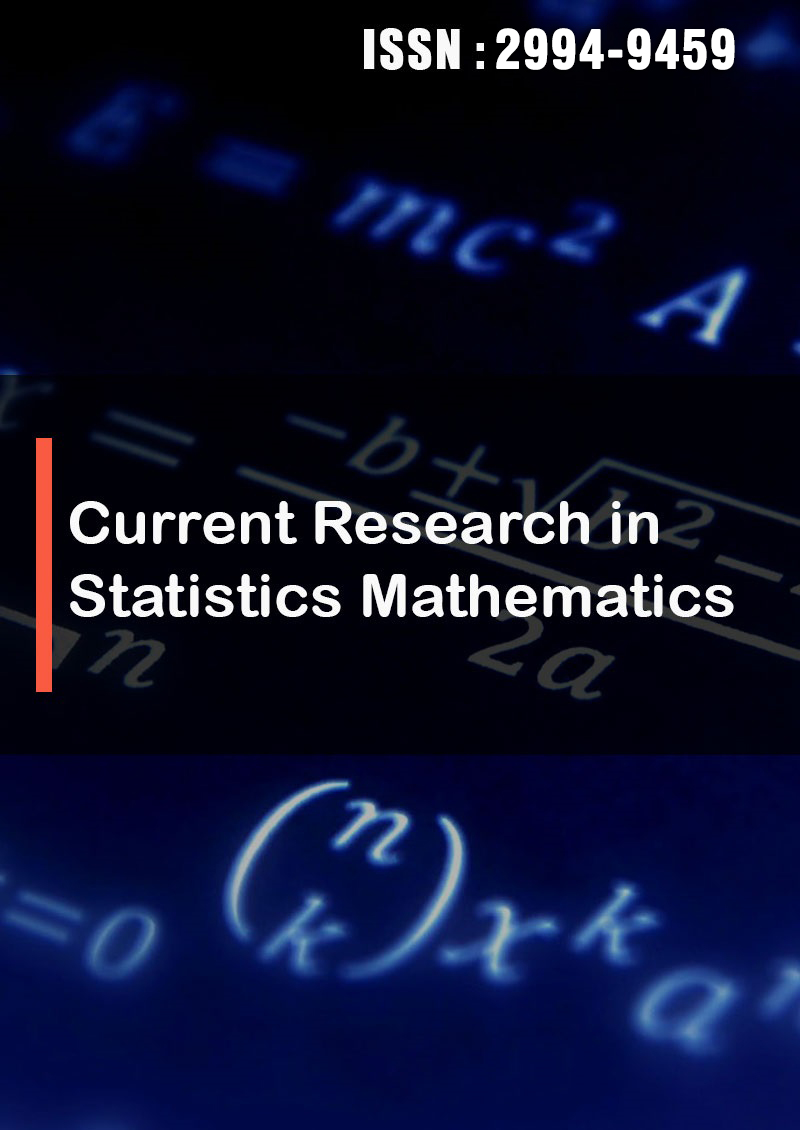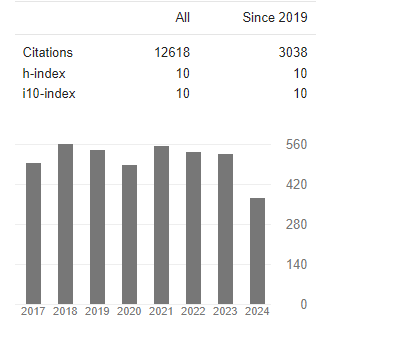How Can we Observe Waves Without Seeing the Ocean? the Witte-Ulianov Time Interferometer: A Gravitational-Wave Detector Without a Lower Frequency Limit
Abstract
Policarpo Yoshin Ulianov
This article introduces the Witte-Ulianov Time Interferometer (WUTI), a pioneering gravitational-wave (GW) detector. Built upon Einstein’s General Relativity (GR), WUTI capitalizes on the concept that gravitational fields can influence time dilation, akin to a "time flow rate" or "time velocity."
In February 2016, the Laser Interferometer Gravitational-Wave Observatory (LIGO) made history by detecting a gravitational wave. However, LIGO's detectors are hampered by technical limitations, particularly low-frequency noise sources, confining their measurement range to 80-300 Hz. This narrow span is incongruous with major events that can generate GWs spanning seconds to hours. Analogously, LIGO offers a glimpse of a universe observed through gravitational waves, though it's akin to peering through a "keyhole" rather than unlocking this new universe's full potential.
The Witte-Ulianov Time Interferometer identifies gravitational waves through time distortion, as predicted by General Relativity when these waves traverse the detector. WUTI employs the Witte effect, first noted by R. D. Witte in 1991 while measuring disparities between atomic clocks. This effect facilitates observing time distortions by assessing phase changes across precise time sources.
The Witte effect enables the measurement of "time flow" alterations between two points in space, utilizing accurate time sources like atomic clocks or highly stable frequency laser sources. Upon encountering a gravitational wave, these clocks experience modified "time flow" between them, observable through phase comparators.
WUTI's operation is minimally affected by physical phenomena, unlike LIGO detectors susceptible to numerous noise sources, particularly at low frequencies. While WUTI's time sources may face external influences like temperature changes, the devised method uses a dual-phase comparison that inherently eliminates errors within time sources. This approach subtracts two practically identical phase errors, effectively canceling them out—except when the time flow changes momentarily, such as a gravitational wave's arrival that impacts each source individually, generating phase discrepancies in the phase detector.
As a result, the WUTI detector operates without low-frequency limitations, capable of detecting gravitational waves with periods ranging from seconds to hours. This enables the detection of slow gravitational field variations, facilitating the observation of Earth's field fluctuations due to its movement and rotation. WUTI can observe gravitational fields of the moon, sun, and Milky Way, uncovering not just gravitational waves, but also the "Gravity Ocean" Earth traverses.





